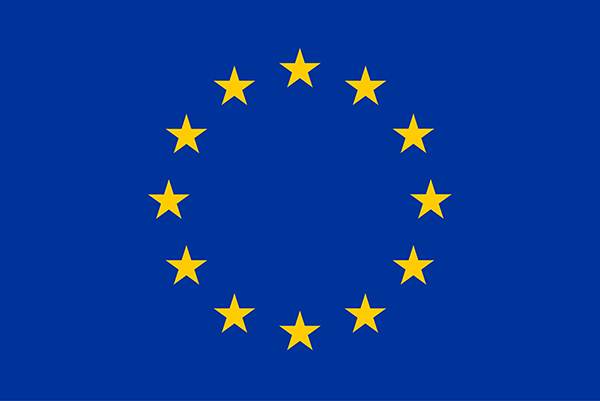Policy Brief: Academic personnel at european universities. Issues of career structure and gender equality
First part: issues of career structure
- Being based on microdata at the level of individual Higher Education Institutions (HEIs), the European Tertiary Education Register (ETER) allows the fine-grained analysis of the composition of academic personnel by gender and by seniority.
- ETER includes data on academic personnel from 828 universities in 21 countries with a breakdown by level of seniority in the career structure.
- Junior positions (including postdoc) are 44.7% of total academic personnel, intermediate positions 21.7%, senior positions 12.9%. A significant share is represented by Other academic positions, including mainly part time teachers or researchers (20.7%).
- Considering only the distribution of full-time positions, it seems that academic careers follow a pyramid structure: senior positions (12.9% of total academic personnel) are roughly 50% of intermediate positions (21.7%), intermediate positions are roughly 50% of senior positions (44.7%).
This ETER Brief is a first, preliminary effort to address this issue. In the following analysis we only consider universities, that is, Higher Education Institutions offering the highest degree, or the PhD (Institutional level=1 in the ETER terminology, offering ISCED 8 degrees). We leave for future analysis the coverage of non-university institutions, such as college, University of Applied Sciences (UAS), Fachhochschule or similar institutions, not offering the PhD (Institutional level=2 in ETER).
Disaggregated data on academic personnel by level of career is available for 21 countries.
The dataset includes Austria, Belgium, Bulgaria, Switzerland, Cyprus, Germany, Spain, Finland, France, Greece, Lichtenstein, Lithuania, Luxembourg, Latvia, Netherlands, Norway, Poland, Portugal, Sweden, Slovakia, Turkey.
Second part: issues of gender equality
- Being based on microdata at the level of individual Higher Education Institutions (HEIs), the European Tertiary Education Register (ETER) allows the fine-grained analysis of the composition of academic personnel by gender and by seniority.
- ETER includes data on academic personnel from 1086 universities in 28 countries with a breakdown by gender.
- Women represent 44.0% of the total academic population, but only 28.4% of senior positions.
- We introduce a new indicator, called Gender Equality Index, calculated as the difference between the share of women in senior academic personnel and the share of women in total academic positions. The index is negative for 96.5% of European universities.
- Universities specialized in STEM disciplines have the lowest level of Gender Equality Index.
Bonaccorsi, Andrea. (2023). Policy Brief, Issue 14/Academic personnel at european universities. Issues of career structure and gender equality (Version 1). Zenodo. https://doi.org/10.5281/zenodo.817734
